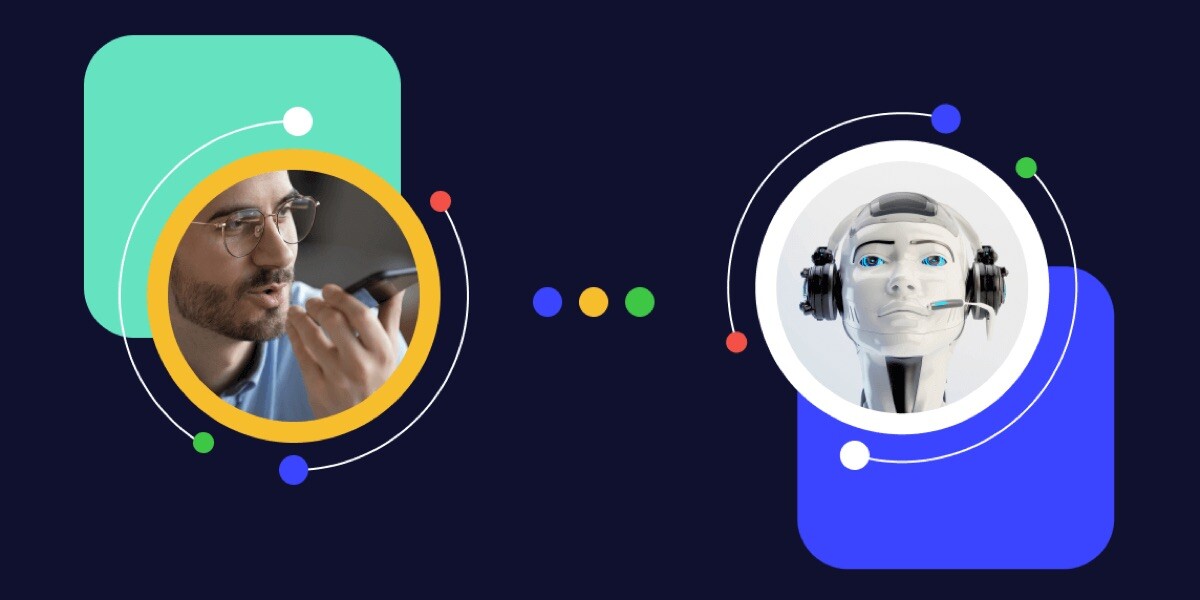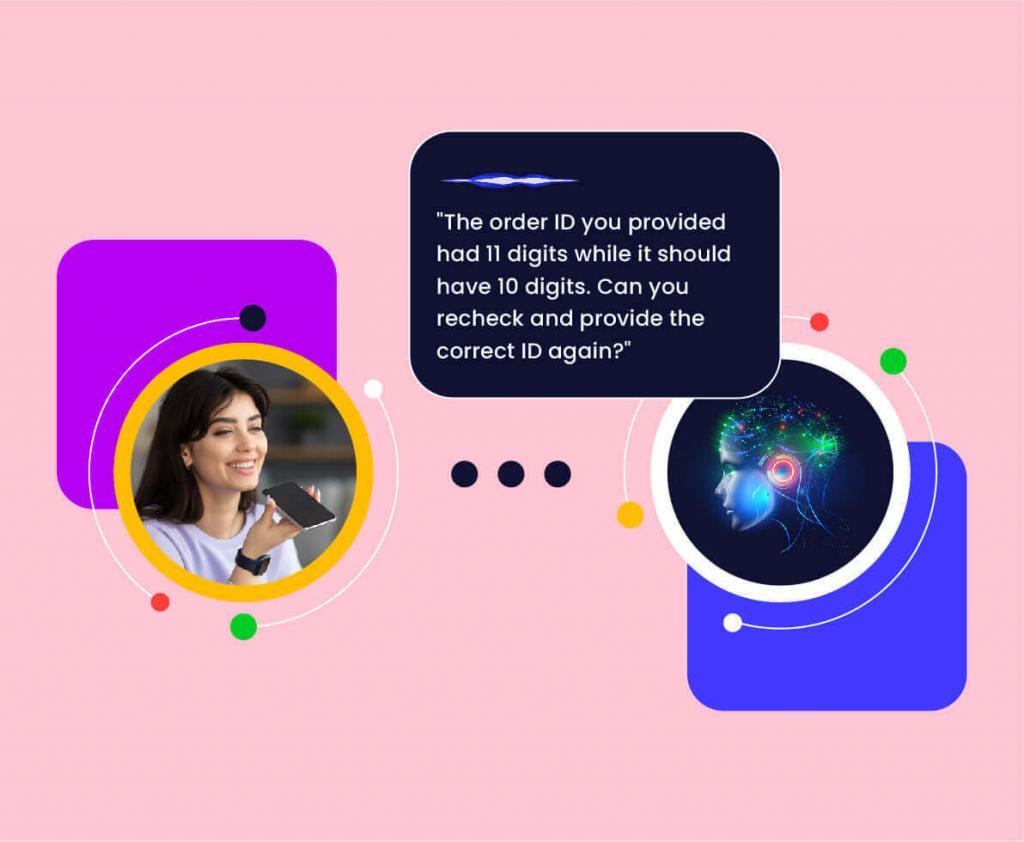
Voice Automation – 8 key questions on getting started
Most brands see the value in automating customer interactions with Voice AI. The benefits emerge from the following value points:
- Freeing up of expensive resources and advisors
- Providing support and resolution any time of the day
- Flexibility which automation can provide to scale up and scale down in tune with market realities
- Enabling an option to customers which is significantly better than the current IVR experience and other solutions in the market like Dialog Flow
However, the key question which customers ask us when we are in the consultative phase is, “How do I know which workflow or which interaction should be automated?”
So we thought it is a good idea to address the same.
A voice interaction between a customer and your brand can happen in different stages of the customer’s journey. Let’s deliberate on a few questions, in order to help answer the above key question.
1. What does your call Pareto chart look like?
Keeping jargon aside, think about the volume of calls being received for a single use case or a couple of key use cases. By focusing on the fat tail of call distribution, brands can quickly identify the most impactful use case which could be enabled by voice automation. This means a portion of your workforce does not have to attend to those sets of calls anymore! And customers no longer need to wait to get those queries answered.
Example: While engaging with leading retailers across NA and UK, in different sub-verticals like grocery, general merchandise, electronics, pharmacy chains, flowers, and gifting, a key use case which made up for more than 30 percent of all calls was “Where is my Order?” (popularly known as WISMO).
2. Is your business highly seasonal in nature?
Retailers face significant seasonality in their business which brings in challenges that are unique to the situation. The reasons for seasonality could be attributed to the type of products, the services provided, festive seasons, promotions being executed, etc. Some of these variables can be planned for, and some are to be faced as they come. With retailers increasing their service envelope specifically to reduce physical contact, given the current situation, there is a need to resolve resulting inquiries at scale still meeting the customer promise and expectations.
Example: For a leading automotive retailer in North America, wintertime is the busiest time. Customers would like to make sure their vehicles are serviced, tires and parts are changed in time to beat the weather. This resulted in the call center and local stores getting inundated with inquiries and calls for various reasons. Over the years the following call reasons were found to drive very large volumes of calls
- Canceling a service appointment
- Booking New appointments
- Rescheduling appointments
Most of these calls were being received by the local stores, which customers were familiar with and this resulted in skilled technicians answering those calls, even though the appointment could be booked by customers on the website and could be managed centrally.
Looking at the call volumes during the peak season, the above use cases were shortlisted along with a conversational call reason detection, resolve them instantly and if needed, route the query intelligently to the right teams.
3. Is part of your voice operations outsourced?
Many organizations do have specific types of queries handled by a third party/outsourced agency or have outsourced teams handling inquiries after hours. These queries are identified carefully at the outset, which is often relatively simpler and routine in nature. It is a common observation that outsourced agencies may not be delivering exceptional service as expected or maybe redirecting the calls to insourced teams to be addressed during busy working hours (when external parties are contracted for after-hour calls and are measured by average handling time).
Looking at use cases from this lens can uncover inefficiencies and Voice Automation can drive better, instant responses, at the same time save a significant amount being spent on third-party contracts. Over a 12-18 month period, Voice Automation can potentially replace an outsourced provider completely, with a small percentage of queries still being handled by agents which might need personalized intervention.
Example: At a leading healthcare chain in North America, all cancelations, confirmations, and rescheduling calls were being managed by an outsourced provider. Customers were already spending a lot of time waiting on the IVR and exercising multiple options before getting connected to the provider. The technology and operations leaders at this healthcare chain decided to automate these specific set of use cases to drive instant, no wait time, and zero hold time experience and additionally saving ~ 80% of the cost of handling a call with the third-party provider.
4. Is your service envelope expanding?
In today’s retail environment, with an increased focus on digital and non-contact experiences, keeping with the pandemic needs, we see an expansion in the service envelope being provided to customers. For example, multiple services like curbside pickups, subscriptions, appointments for in-store trials, vaccination-related appointments, etc have been introduced/expanded by retailers.
The introduction and rollout out of these services have gained acceleration with increased customer adoption across the country and region. Additionally, these services are designed to keep human interaction to a minimum and enable retailers to adapt/continue their business. We see many of these new and existing use cases being facilitated and enabled by intelligent voice automation.
Example: Pharmacy retailers across Canada and the US are contributing to vaccination drives in support of a public benefit program. This had led to customers calling their local pharmacies to enquire about eligibility, availability, and booking appointments for vaccinations. The phone lines were inundated with inquiries and limited the ability for the retailer to meet its CX promise, which they were known for.
Voice AI plays an important role in terms of quickly enabling customers to use voice (or even the retailer’s mobile app) to relieve the store associates and also establish a credible mechanism to address imminent needs.
5. Do you offer multiple levels of IVR options (even today!) as your first response?
If the answer to the question is yes and if they need to remember different numbers for different needs, we have good news for you. Voice AI can come to rescue your customers by pressing multiple numbers, waiting for long durations (we have observed customers waiting for more than 6 minutes even in the most well-run contact centers), and getting routed to agents only to be put on hold. In certain industries like telecommunications and airlines, the wait times have led to 50% of customers abandoning their calls.
An intelligent conversational voice response and routing capability coupled with Autonomous resolution of calls can be just the right combination to revamp the first impression which your brand can create. Don’t they say – the first impression is the last one?
6. Do you have interactions and intimations which are triggered in an outbound fashion?
In a world where e-commerce has accelerated at 10x the speed and with variabilities which logistics, weather conditions, product availability, etc can bring in, retailers are giving a renewed emphasis on proactive intimations especially on shipment delays. What if you think about “WISMO”, even before a customer calls and enables your brand to proactively reach out to keep the customer at ease? Think delivery confirmations, proactive alerts, no contact delivery/pickup intimations, and even service request closures. Think CSAT and Voice of the customer!
What if a time-triggered call is scheduled to customers based on your chosen use case?
7. Do you have data collection and identification type workflows in most of your use cases?
Think beyond full automation scenarios and delve deeper into call journeys where there is a data collection or authentication/verification step, which is carried out as a prerequisite. Many organizations collect information or data points across different call types.
Example 1: Identification and Verification – A process which is followed for every incoming call, with typical details like date of birth or an identifier is asked for, to verify the identity of the customer. In this case, post verification, the call is transferred to the right agent in context for further action.
Example 2: Data collection requires further action by the Agent to address the query. A common use case is for customers calling in to raise a claim, a refund request, or a dispute. This type of conversation may require the details of the product/service and several data elements or questions to be answered simply before the agents can look at the information to process a refund. In this manner, the process is initiated, transferred to agents for resolution if (they are available) or a case is created and assigned to further action immediately.

8. How about managing volumes during peak times? How about collecting information and setting up callbacks when your Agents are ready?
Many retail and consumer businesses see a spike in volumes during specific hours of the day (for example during lunch hours). Often this leads to customers being put on hold for a long time and them abandoning their calls. A pre-call intervention with Voice AI can facilitate an option being provided to all customers breaching a threshold of wait time (for example 3 mins), be redirected to Voice intelligence, and allowing customers to provide key details of why they are calling and their preferred time to be called back. This could also trigger a case creation and assignment to agents, who will have the opportunity to address the customer’s inquiry in context by executing a callback.
